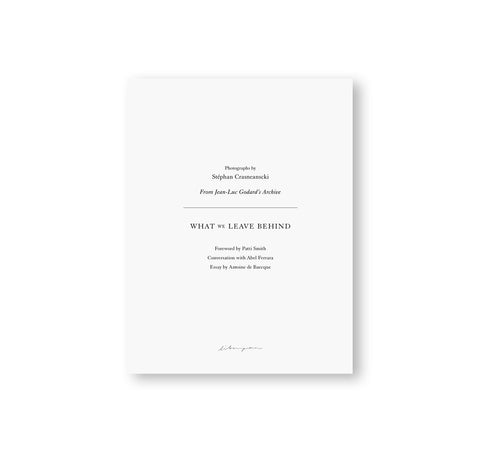THE ENCOUNTER by Stéphan Crasneanscki
フランス人アーティスト、ステファン・クラスニアンスキー(Stéphan Crasneanscki)の作品集。 本書は、作者とフランス人哲学者のジャン=リュック・ナンシー(Jean-Luc Nancy)が、フランスの公共ラジオチャンネルのフランス・キュルチュール(France Culture)のために制作したラジオ劇「The Encounter」を元に刊行された。
このラジオ劇の題材となったのは、ユダヤ人詩人のパウル・ツェラン(Paul Celan)とドイツ人哲学者マルティン・ハイデガー(Martin Heidegger)の出会いである。二人はドイツのシュヴァルツヴァルト(「黒い森」を意味するドイツ南部の山岳地帯)にあるトートナウベルクで出会ったとされるが、その写真や証言、記録は残っておらず、ツェランによる詩が残されているだけであった。ツェランが残したこの詩は、果てしない物語への可能性を内包している。というのも、ハイデガーは1993年にナチ党へ入党し、ツェランはユダヤ人強制収容所へ収監された後に戦争孤児となった身であり、これらの境遇からして二人の会遇は不可能であったためである。しかし、1967年7月24日に二人はドイツ南西部の街フライブルクにて開催された詩の講演会に招かれ、その後ハイデガーが、自身が持つトートナウベルクの小屋へとツェルンを招待した。
人類発音論にも関わるこの作品は、作者が幼少期より定期的に訪れていたストラスブールやシュバルツヴァルトに留まらず、様々な場所に及んで作者とナンシーによる協同で制作された。作者は、ツェランとハイデガーが共に行ったり来たりしたであろう、どこに続くでもない小道を歩いた。動かない木々のシルエットを特定することで、二人が出会った際の距離感や、彷徨の地形を辿った。作者の声の不在に対し、ナンシーがたゆまず応え続けたことで、視覚と音の往復書簡が生まれ、ラジオの文字起こしと共に本書に映し出されている。
他に、ルクセンブルク系アメリカ人詩人、エッセイストのピエール・ジョリス(Pierre Joris)による序文、アメリカ人音楽家、作家、詩人のパティ・スミス(Patti Smith)によるテキスト、ジャン=リュック・ナンシーによるエッセイを収録している。
EXHIBITION:
MOT Plus サウンドウォーク・コレクティヴ & パティ・スミス|コレスポンデンス
会期:2025年4月26日(土)- 6月29日(日)
休館日:月曜日(5月5日は開館)、5月7日
時間: 10:00 - 18:00
開催場所:東京都現代美術館
詳細
※本展は終了いたしました
There are no photographs, no testimonies, no recordings of poet Paul Celan’s1 encounter with philosopher Martin Heidegger2 in the German village of Todtnauberg in Schwarzwald (Black Forest) in 1967. Only Celan’s poem remains, along with the possibility of an endless narrative. Endless because everything was to prevent from such a meeting between the German philosopher who tied himself to the Nazi party in 1933 and the Jewish poet who was imprisoned in a work camp and made orphan by the war. And yet on July 24th, 1967, they were brought together to give a poetry lecture in Freiburg which was followed by a private invitation of Heidegger to his hut in Todtnauberg.
This meeting was the subject of the radio play, The Encounter, created by sound artist and photographer Stéphan Crasneanscki and the late philosopher Jean-Luc Nancy for the public radio channel France Culture. Crasneanscki and Nancy's anthropophonic collaboration extends beyond Strasbourg and the Black Forest, the locations which Stéphan Crasneanscki travels to regularly since childhood. He walked along the paths to nowhere that Celan and Heidegger had first traversed and retraced a topography of their encounter; of distance and wandering, by fixing the immobile silhouettes of the trees. To the absence of voice, Nancy tirelessly responded with his own. A visual and sonic correspondence emerged, which is mirrored and transcribed for the first time in this volume, with commentaries by Pierre Joris and Patti Smith.
1 Paul Celan (b. 1920, Cernăuți, Kingdom of Romania, now Ukraine, d. 1970, Paris, France — he committed suicide by drowning in the Seine)
2 Martin Heidegger (b. 1889, Meßkirch, Baden, German Empire, d. 1976, Meßkirch, Baden-Württemberg, West Germany)
The book contains a foreword by poet, essayist and anthologist Pierre Joris (b. 1946, French, Luxembourg-American), a preface by Stéphan Crasneanscki (b. 1969, French), a text by musician, author and poet Patti Smith (b. 1946, American) and an excerpt and an essay by philosopher Jean-Luc Nancy (b. 1940, d. 2021, French).
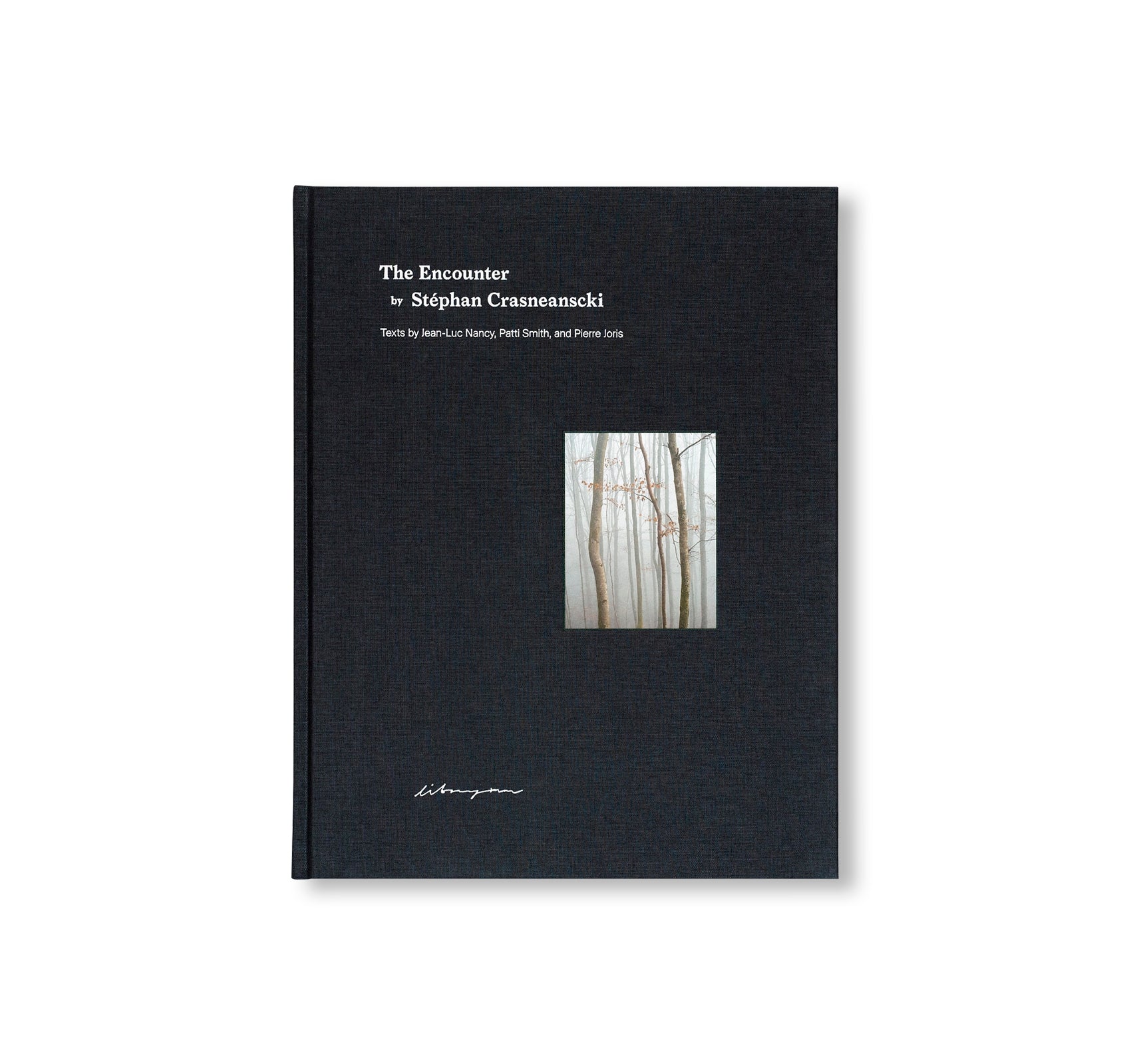
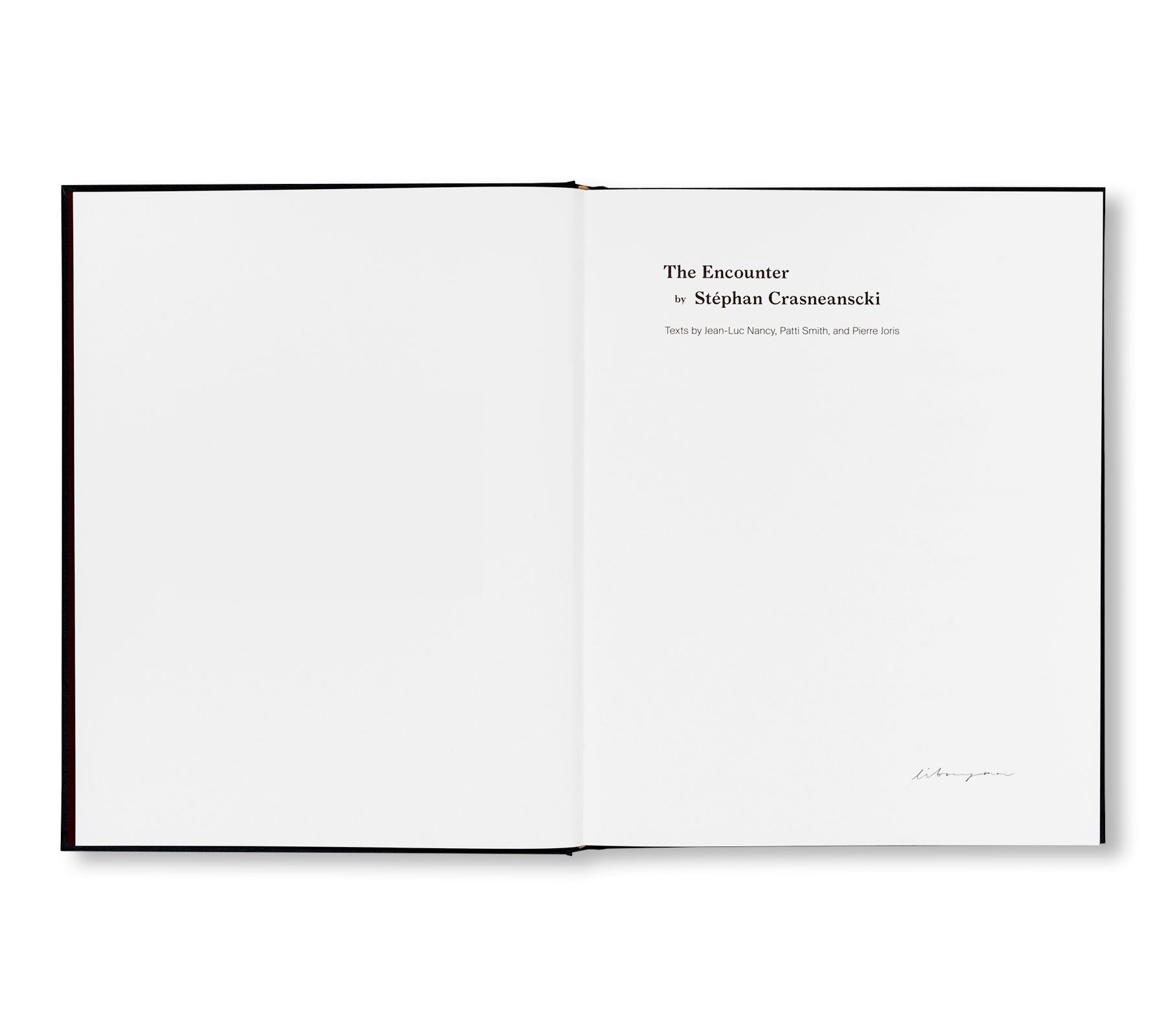
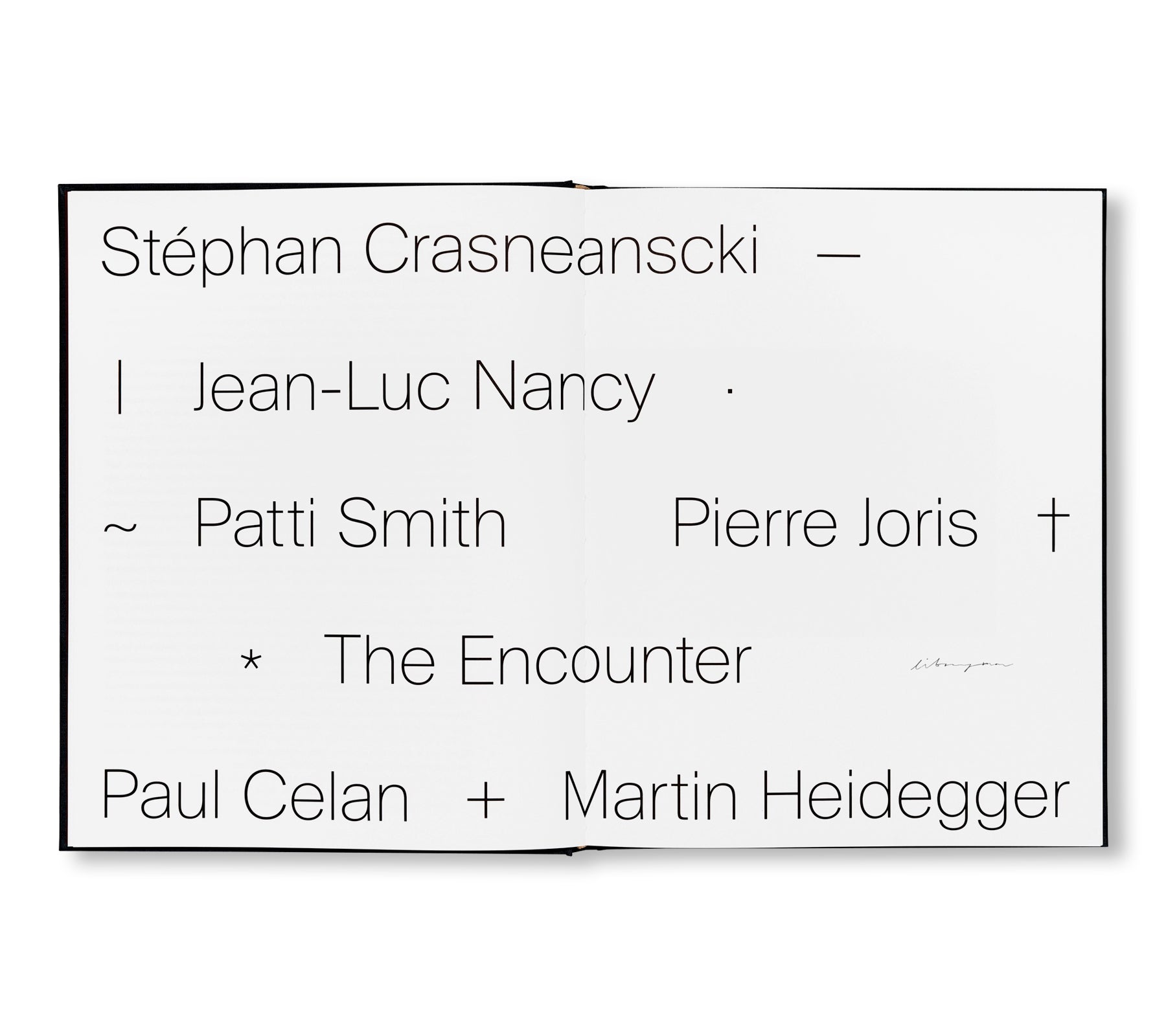
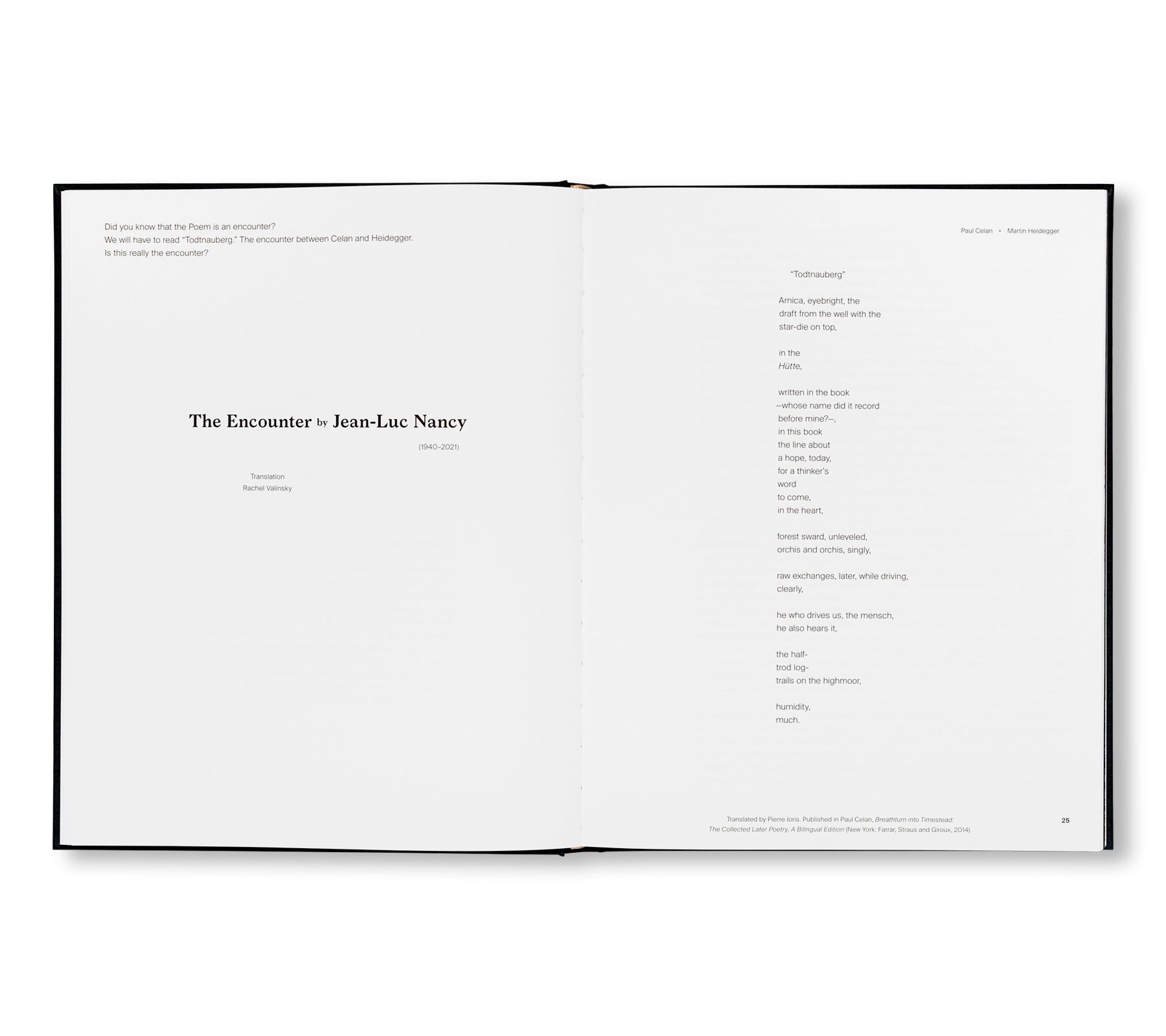
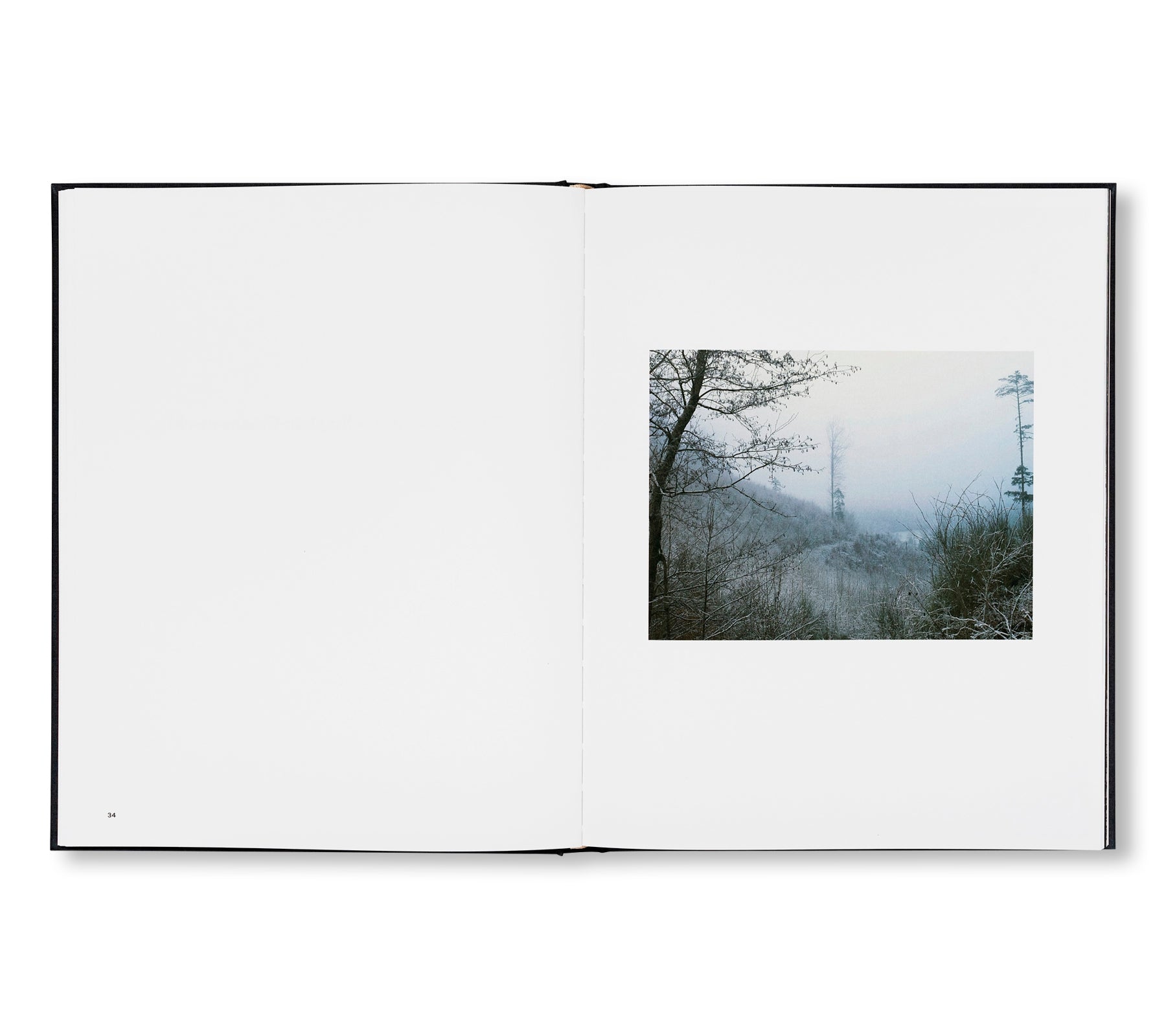
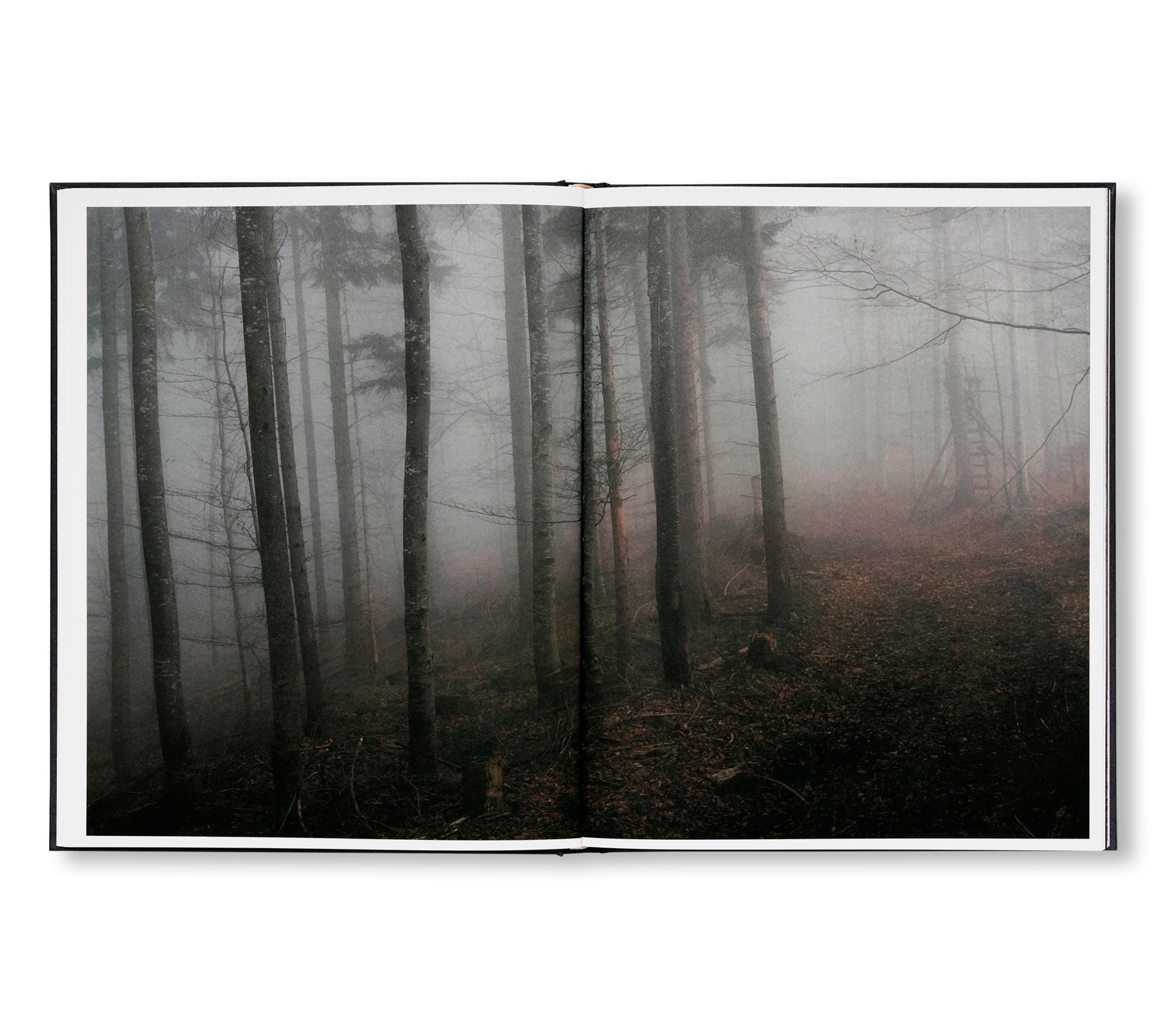
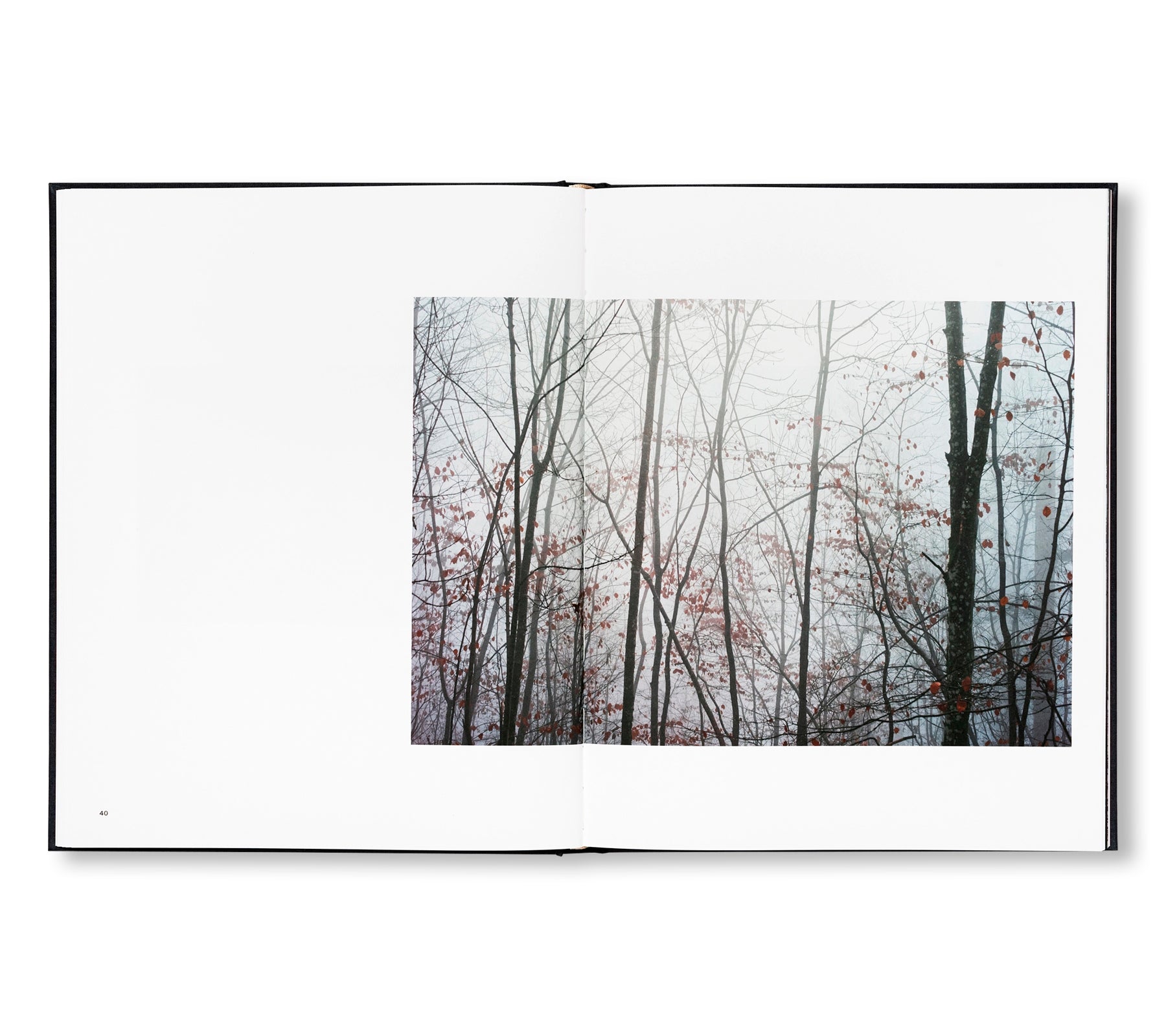
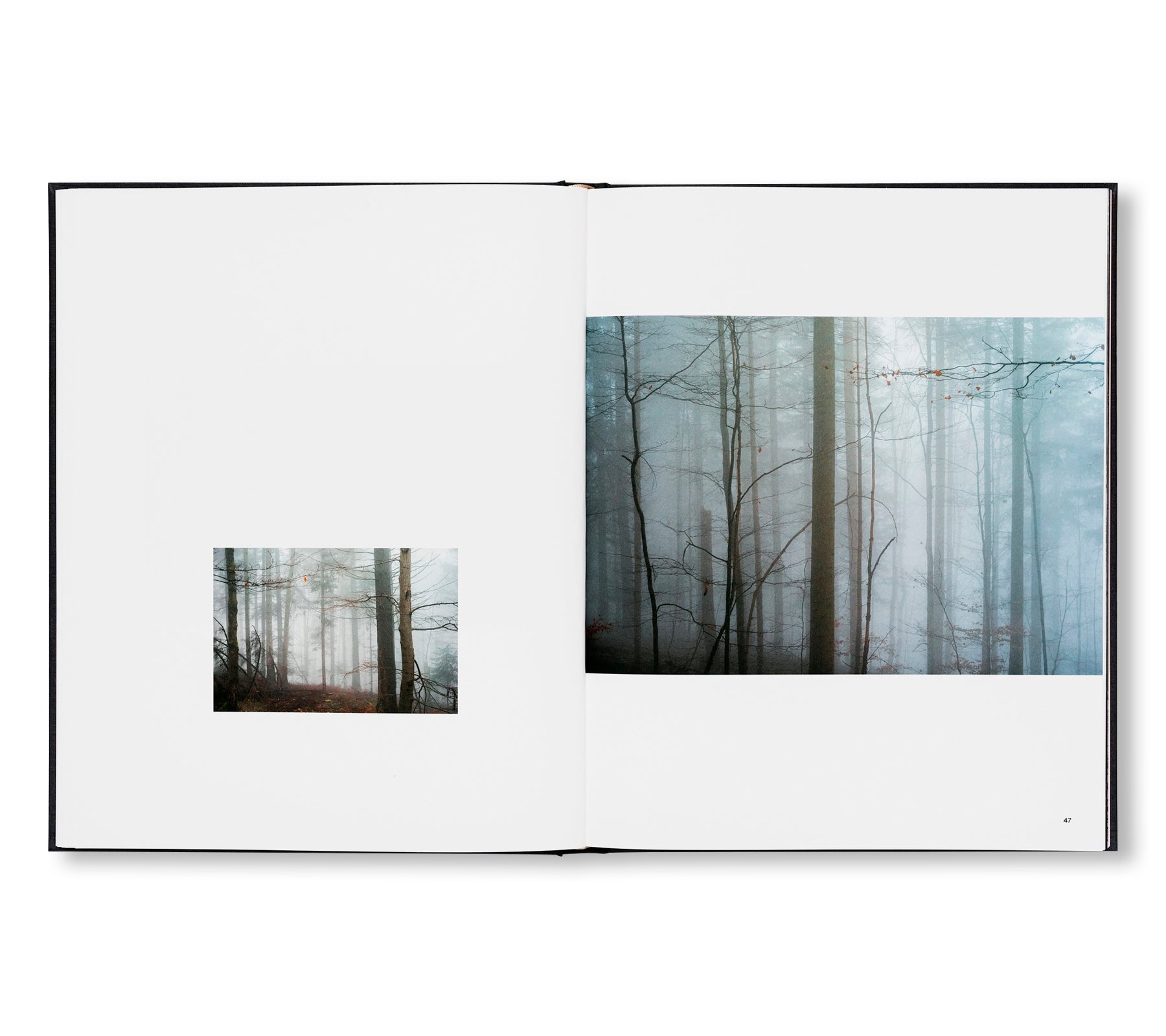
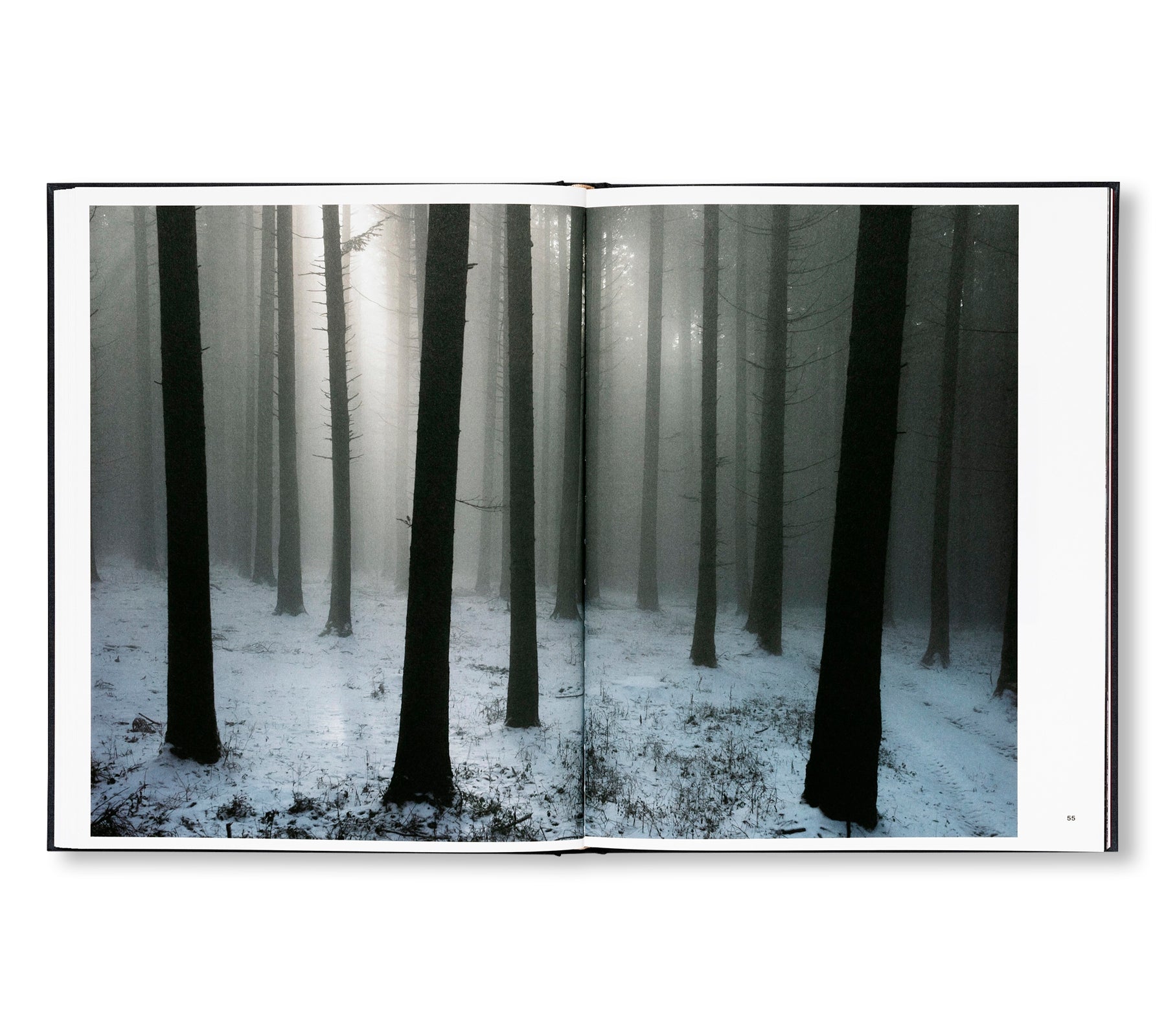
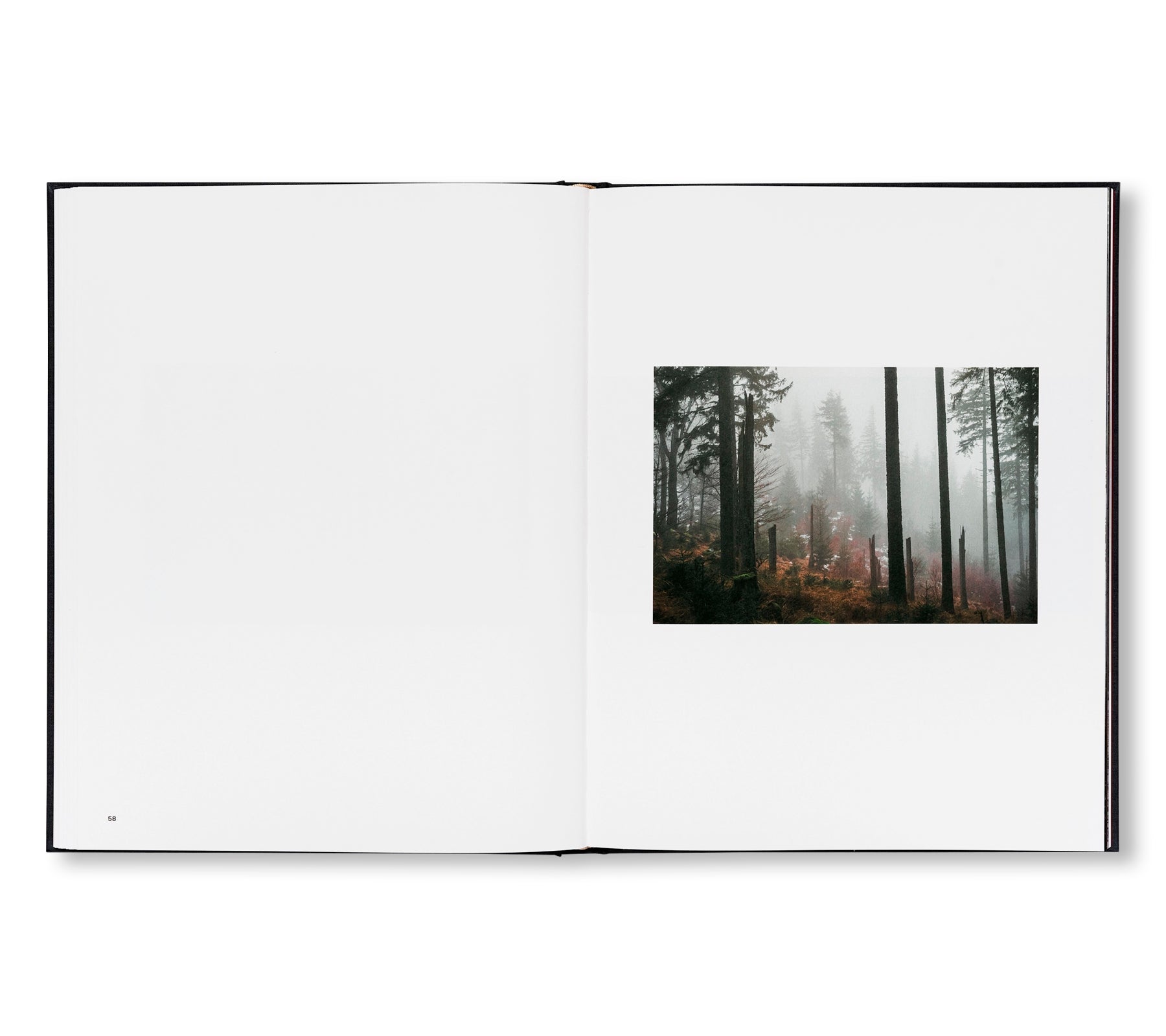
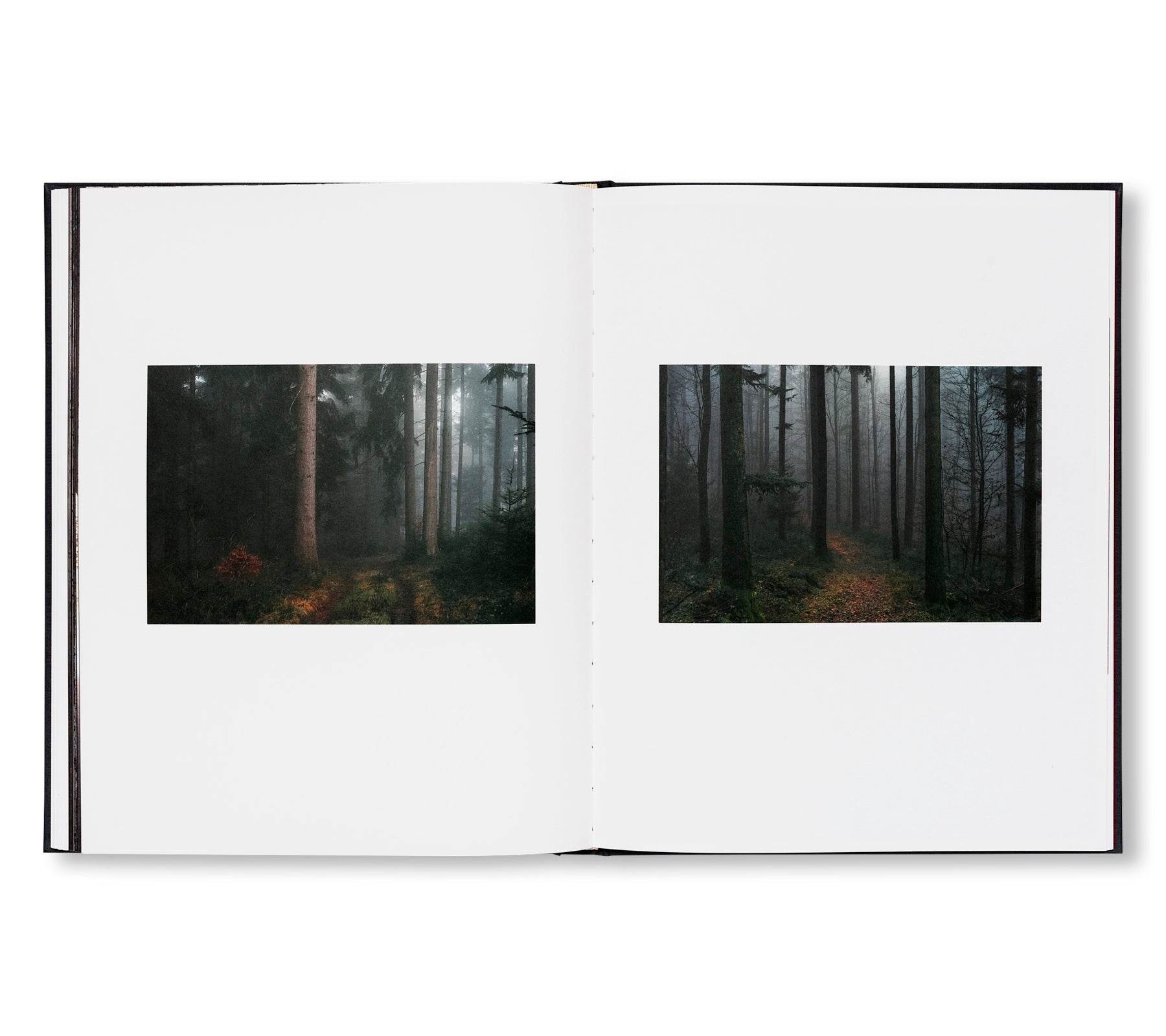
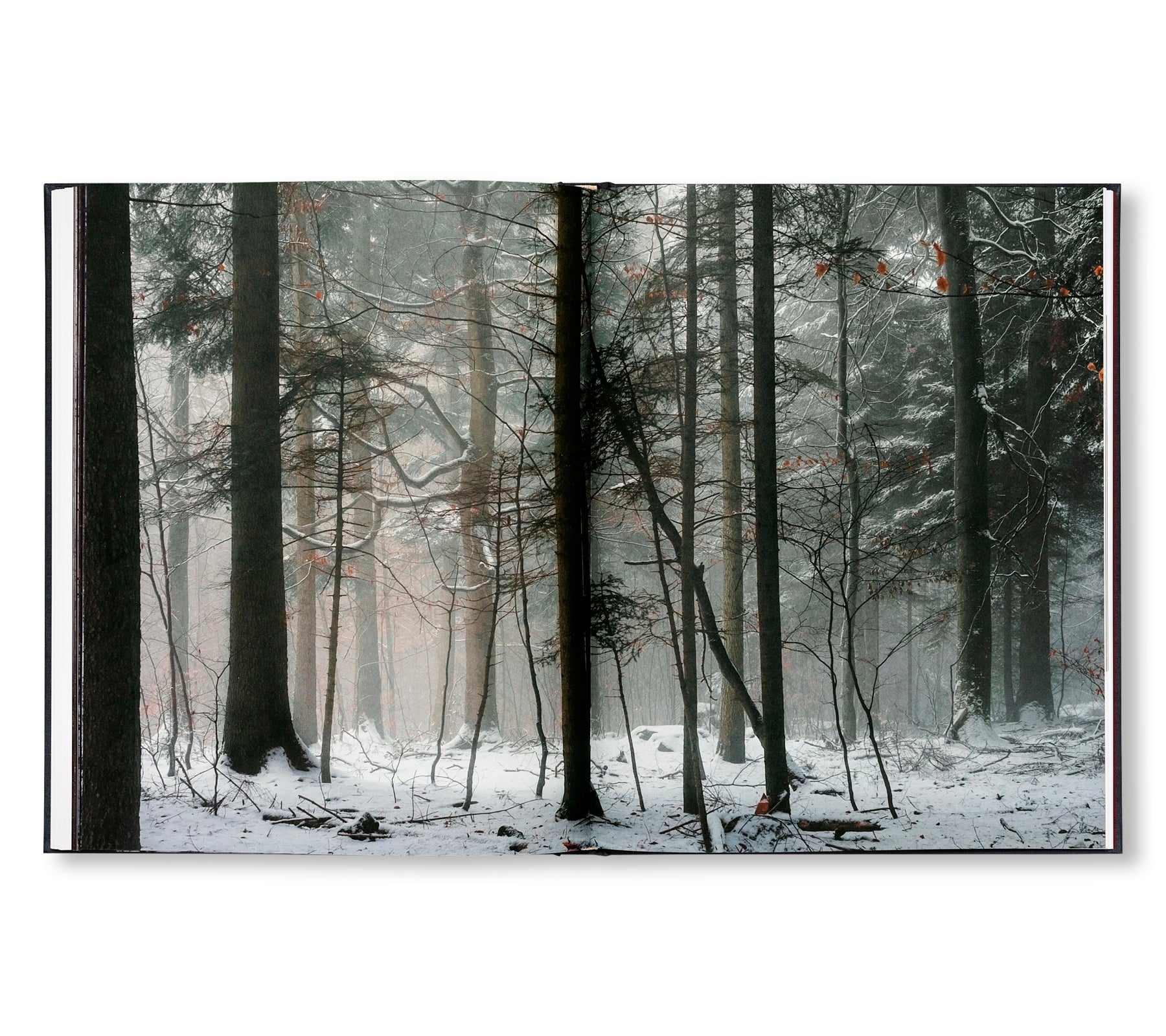
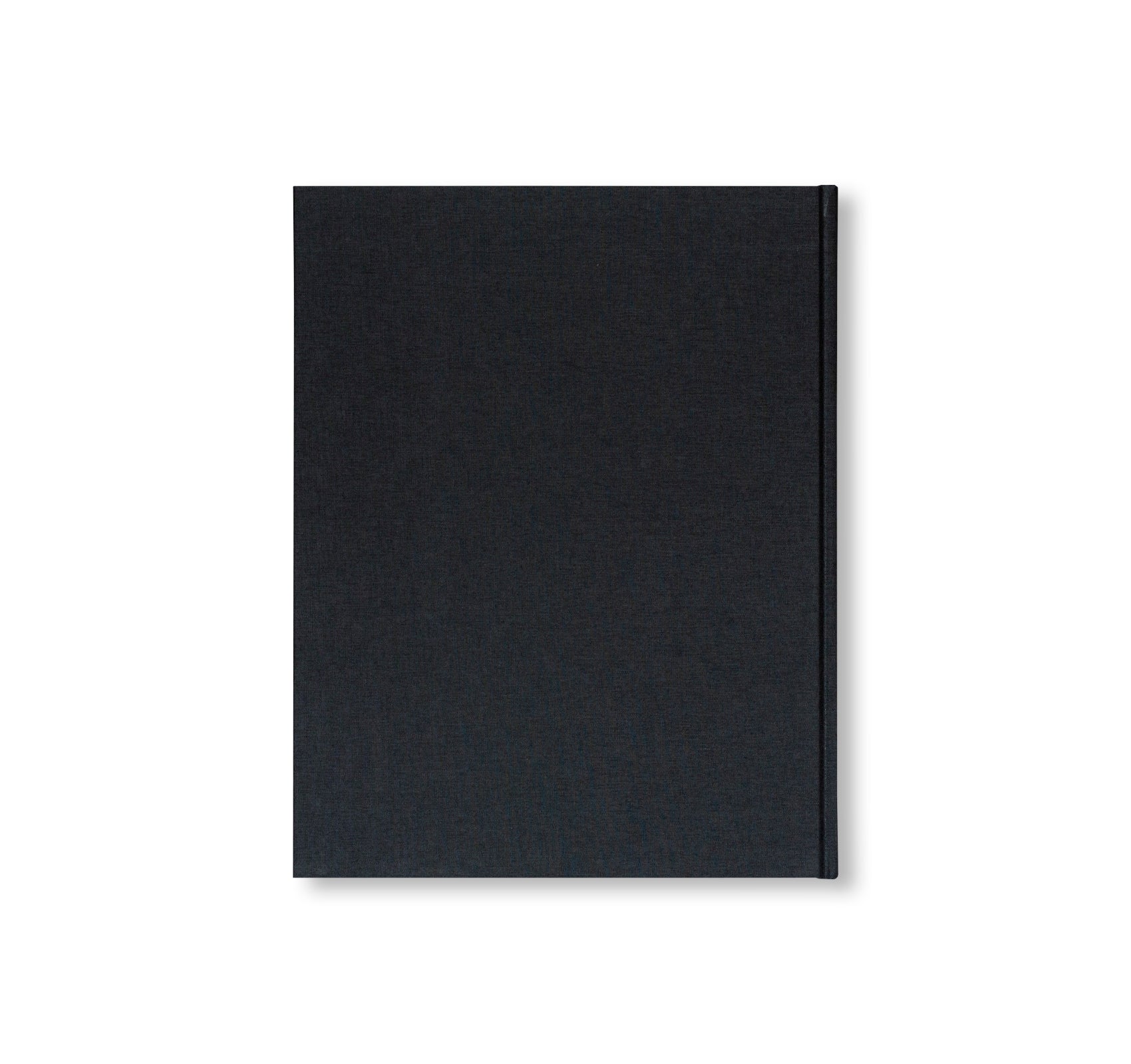
![WHAT WE LEAVE BEHIND by Stéphan Crasneanscki [JAPANESE EDITION / SIGNED]](http://twelve-books.com/cdn/shop/files/WHATWELEAVEBEHIND_00_large.jpg?v=1744804289)
![MEDEA by Soundwalk Collective [CD]](http://twelve-books.com/cdn/shop/files/3051_large.jpg?v=1745551450)
![IT’S ALL BREAKING APART by Soundwalk Collective [LP]](http://twelve-books.com/cdn/shop/files/0_b2d711e7-b39e-43d5-b4c1-b250de1f15b2_large.png?v=1734798399)

![THE ENCOUNTER by Stéphan Crasneanscki [SIGNED]](http://twelve-books.com/cdn/shop/files/00_e9efd911-5491-456e-ac4b-7f195b72e161_large.jpg?v=1755569876)
